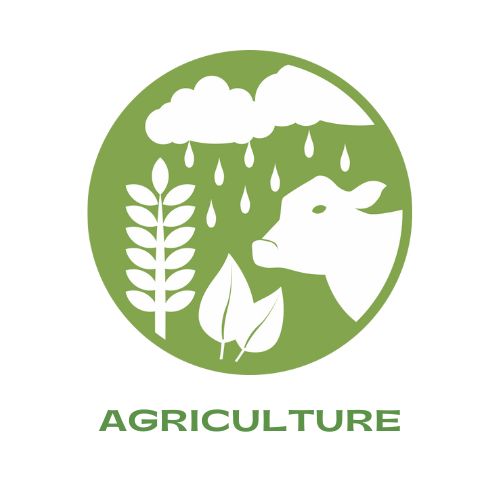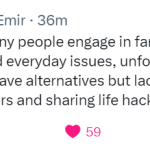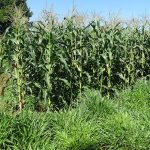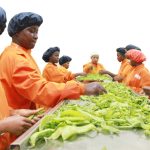In the latest agricultural development, the Kenyan government is spearheading efforts to enhance the Sahiwal cattle breed, aiming to boost milk production among smallholder dairy farmers. This initiative, coordinated through the Kenya Agriculture and Livestock Research Organization (KALRO), has gained momentum as it strives to preserve and multiply this valuable breed.
The Sahiwal cattle in Kenya trace their lineage back to 60 bulls and 12 cows imported between 1939 and 1963. These cattle are highly adaptable to semi-arid and arid conditions, making them a prized dual-purpose breed for both meat and milk production.
Director General of KALRO, Dr. Eliud Kireger, disclosed that the government, with funding from the National Research Fund (NRF), has embarked on a three-year program to replenish Sahiwal cattle among the Maasai community in Transmara South, Narok County. This endeavor utilizes a community-based genetic improvement and multiplication approach.
Dr. Kireger emphasized the pressing challenges facing Sahiwal cattle production, including the scarcity of climate-resilient breeding stock, inbreeding, and resulting low productivity. Acquiring quality Sahiwal heifers and bulls at affordable prices has been an ongoing struggle for many farmers, particularly the Maasai pastoralists who rely heavily on Sahiwal genetics for their livelihoods.
To date, the KALRO-led program has facilitated the production of 309 superior Sahiwal AI calves (both males and females), which have been distributed among members of the community-based breeding scheme in Transmara. Additionally, 1,234 Sahiwal cows and bulls have been registered with the Kenya Stud Book as either foundation or pure-bred animals, resulting in a threefold increase in their market value.
This initiative has not only bolstered Sahiwal cattle numbers but also promoted knowledge sharing. Sixty-five farmers and extension personnel have received training in best practices for Sahiwal cattle management, while nine elite Sahiwal cattle farmers have been exposed to Assisted Reproductive Technologies (ARTs) training.
The program’s objective is to mobilize the entire community, including women, to participate in the genetic improvement and multiplication of Sahiwal genetics. KALRO envisions replicating this successful model in other regions of Kenya, ultimately increasing Sahiwal cattle resilience and production, which will contribute to food and nutrition security.
Dr. Samuel Mbuku, the principal investigator in the project, explained that the multiplication program employs Assisted Reproductive Technologies (ARTs), such as estrus synchronization and Artificial Insemination (AI), to accelerate genetic progress and distribute proven Sahiwal genetics efficiently among farmers.
Previously, farmers had to travel to KALRO Naivasha to acquire Sahiwal genetics, but the multiplication program has made access easier and more affordable for local farmers in Narok County. The results have been significant, with over 170 locally bred bulls now available in the area.
Farmers like Jameson Olenagida have witnessed the benefits of transitioning to Sahiwal cattle, which provide milk, meat, and income. This shift has reduced the need to purchase costly cattle from distant locations.
The Sahiwal breed’s resilience to ticks, heat, and diverse climates has made it a favored choice among farmers. It produces substantial milk yields, with cows averaging 2270 kg of milk during lactation. Sahiwal bull calves aged around one year can fetch prices of up to Sh40,000, twice the value of local breeds.
The Sahiwal cattle breed in Kenya had been facing challenges, including decreasing genetic variability and increasing inbreeding. The NRF-funded project, titled “Smallholder Farmers Access to Improved Cattle Genetics in Kenya: An Accelerated Dairy Heifers Delivery Model Utilizing Reproductive Technologies,” aims to address these issues and ensure the continued success of Sahiwal cattle farming in Kenya










